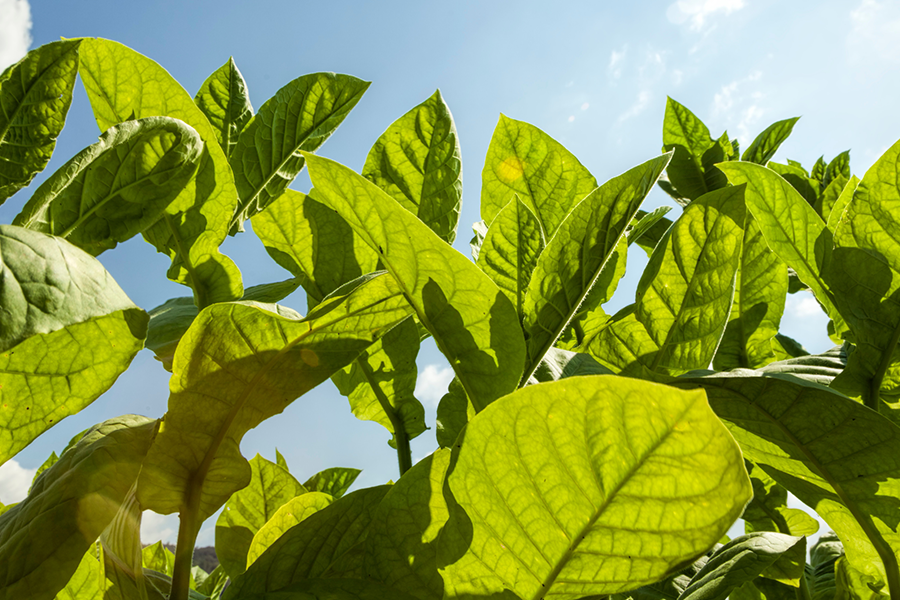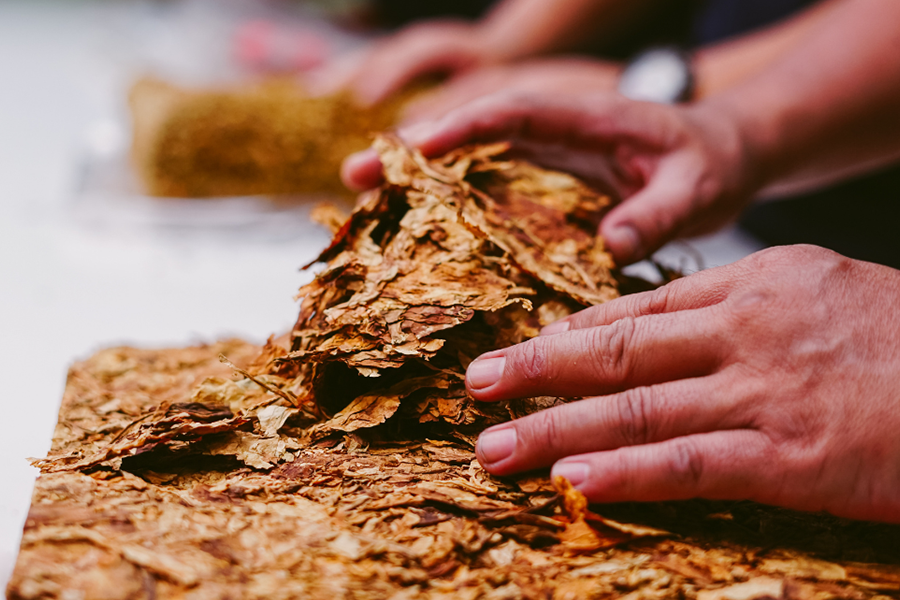Your cart is currently empty!
From Tobacco Farms to Packaging: The Cigarette Industry Unveiled

The Tobacco Plant: A Cash Crop Turned Mass Commodity
Tobacco originates from the Americas and has been cultivated for thousands of years. After Columbus brought tobacco back to Europe in the 15th century, it quickly spread and became immensely popular. By the 17th century, tobacco was grown as a cash crop in colonies like Virginia and Maryland. The tobacco plant contains nicotine, a naturally occurring stimulant. When tobacco is smoked, chewed, or snorted, nicotine produces feelings of pleasure and alertness. It made tobacco highly addictive and created a steady demand.
By the 1800s, innovations like the cotton gin made cigarette production faster and cheaper. Growing national railroads and steamships enabled the distribution of tobacco across the country and abroad. Tobacco became a mass commodity fueled by an ever-growing consumer base.
The Rise of the Modern Cigarette
In the late 19th century, the modern cigarette began taking shape. Cigarettes could be produced in large quantities for the first time because of the automated cigarette rolling machine. Around this period, flue-cured Bright tobacco, a milder variety that helped popularize inhaling cigarette smoke, was developed.
By the early 20th century, cigarettes were taking over the tobacco market. Cigarette companies promoted smoking for the first time to women and youngsters. By the mid-1900s, cigarettes had become deeply ingrained in lifestyle.
Next-Gen Delivery Methods for Tobacco and Joint Weed Combinations

As legalization expands, the cannabis industry is joining forces with tobacco companies to explore new delivery methods that combine cannabis and tobacco. One area of innovation is pre-rolled spliffs and joints that blend cannabis with tobacco for a unique smoking experience. Companies are also developing vape cartridges with both cannabis oil and nicotine for use in hybrid vape pens. Some are experimenting with dissolvable oral strips that include precise doses of THC and tobacco. Dual pouches are also arriving that allow smoking and cannabis to be consumed orally together. Big tobacco sees an opportunity in cannabis, and Weed joint ventures are fueling the development of new products that integrate the two plants. With customer experience and health impact as driving factors, companies are investing in the next generation of delivery methods where tobacco and cannabis intersect in unique ways. More innovations blending these plants are likely on the horizon.
The Package Is the Product: Design and Display
Cigarette packaging and display racks have also been carefully engineered to catch the eye and spur impulse buying. Packaging colours, distinctive lettering, proportional dimensions, and trademark images build a brand identity on the shelf.Display racks at checkouts form a key merchandising battleground. Tobacco companies compete for visibility in prime locations. Special promotional packaging is timed for holidays and events.
Packaging design has significance for uniqueness. Manufacturers continuously update packaging with graphic trends, often aiming for a contemporary yet classic look. Pack shape and texture provide sensory cues for brand image. Packaging innovations like pop-up lids enhanced convenience and tactile enjoyment. Every packaging detail aims to make the brand more compelling.
Conclusion
For better or worse, tobacco has left an indelible imprint on the world economy and culture. The pressures of ethics and health have shaped the modern cigarette industry, though it remains a formidable economic force. With smoking on the decline in Western markets, the tobacco industry continues to evolve, expanding into areas like vaping and heated tobacco. One thing remains clear: the story of tobacco has no simple ending, and its impact will continue to unfold.
FAQs
Q: What made cigarettes so famous?
A: The mass production enabled by innovations like the cotton gin and cigarette rolling machines made cigarettes cheap and abundant. Milder tobacco varieties also made the smoke smoother and more accessible to inhale. Ingenious marketing campaigns then promoted smoking as fashionable and desirable using ads tailored to women, men, and youngsters.
Q: How did tobacco advertising target different groups?
A: Tobacco companies segmented the market demographically to expand their customer base. Campaigns like the Marlboro Man appealed to men’s rugged individualism. Marketing to women focused on themes of beauty, fashion, and feminism. Cartoon mascots like Joe Camel targeted youngsters. Different messages appealed to other aspirations.
Q: Does smoking weed make you tired?
A: It can, depending on the strain and the individual. Marijuana contains compounds like THC and CBD that can have sedative effects. Sativa strains are energizing, but Indica strains are often relaxing and may produce sleepiness.
Q: Where does tobacco come from?
A: Tobacco is primarily cultivated in warm temperate and tropical regions worldwide. Nicotiana tabacum (common tobacco) and Nicotiana rustica are the most commonly grown species. Major producers include the United States, China, Brazil, India, and Africa. Tobacco is an annual plant native to parts of South and Central America.
